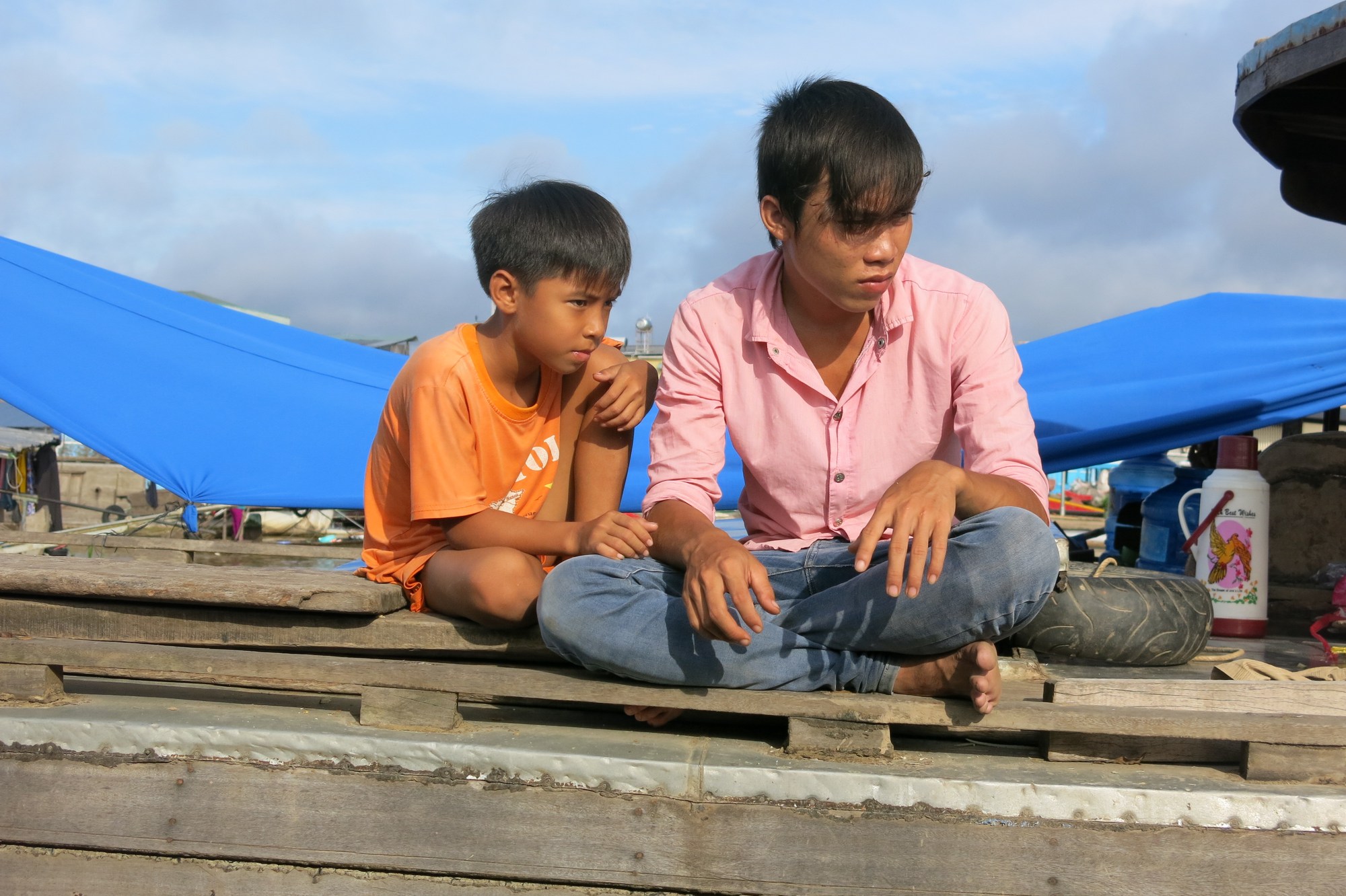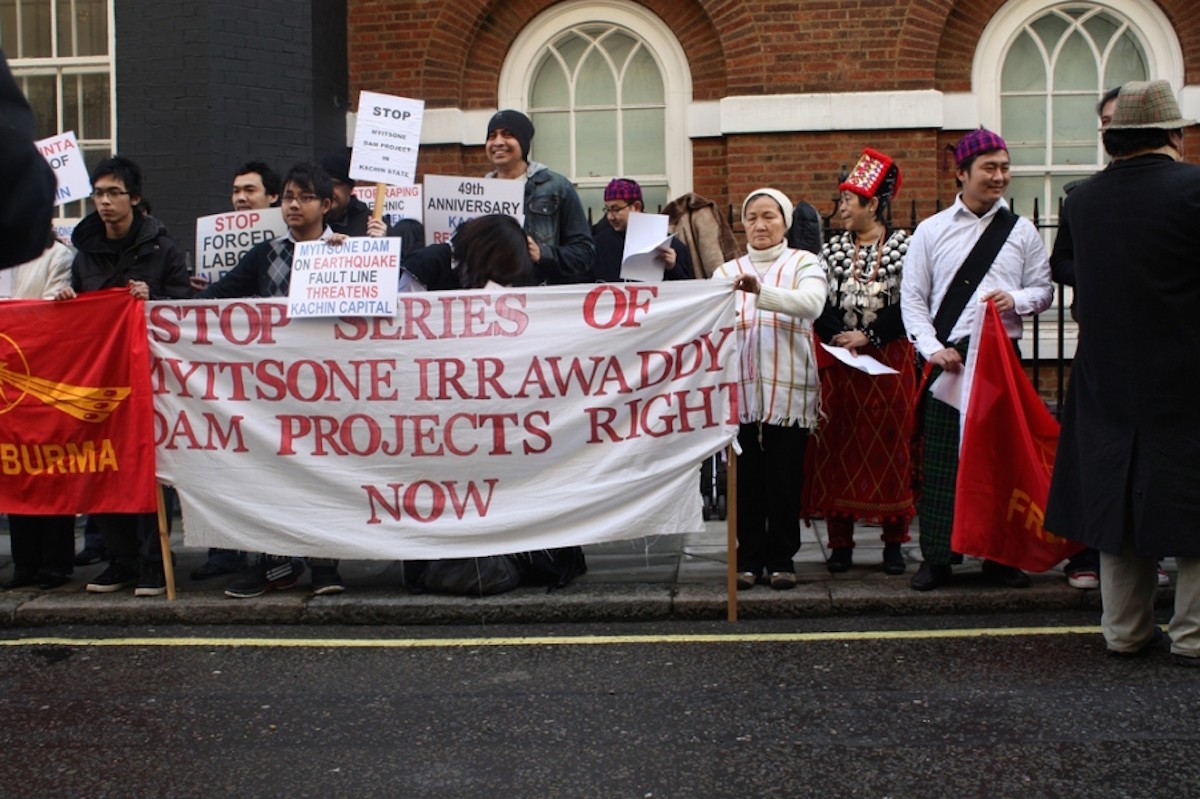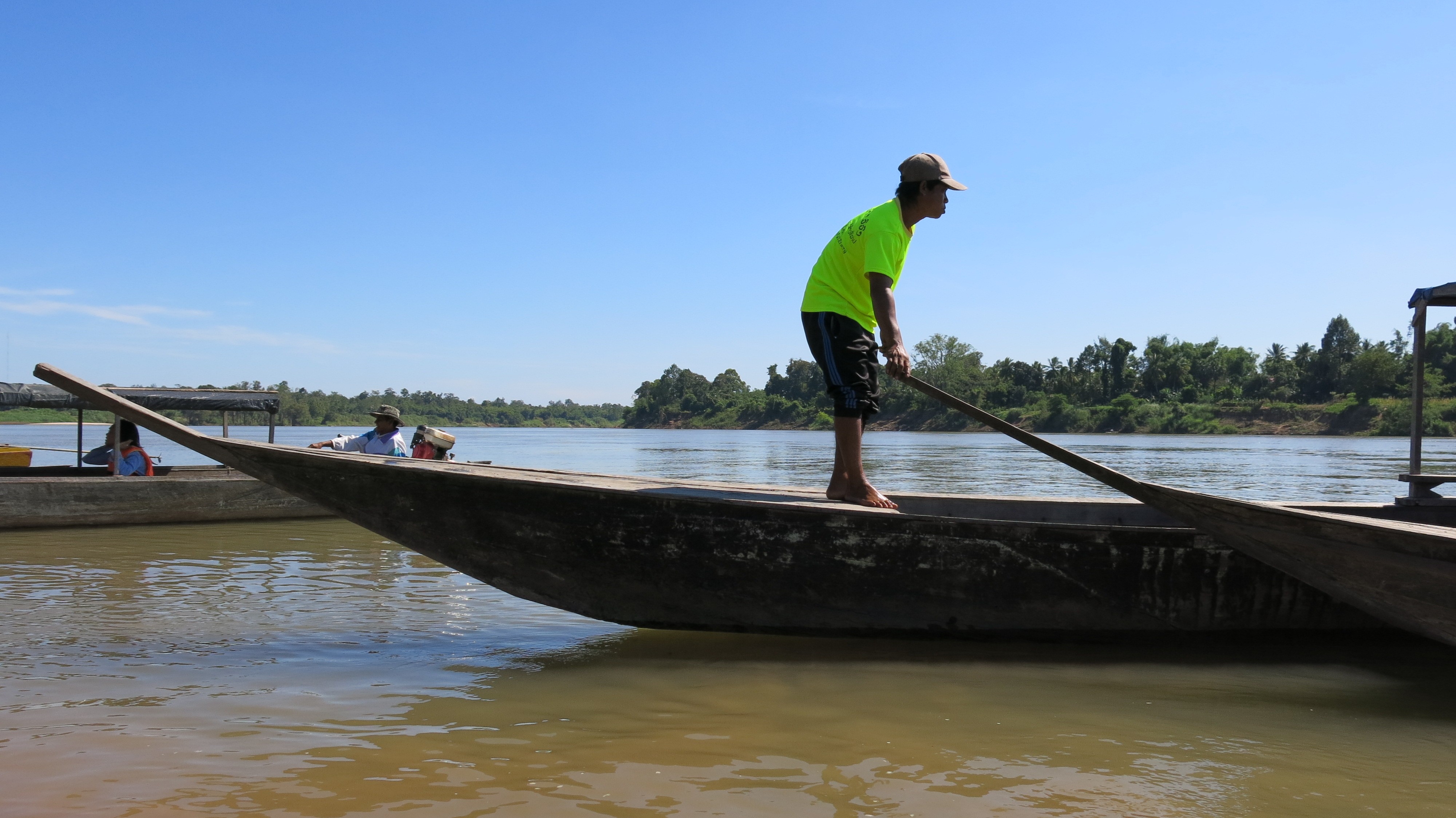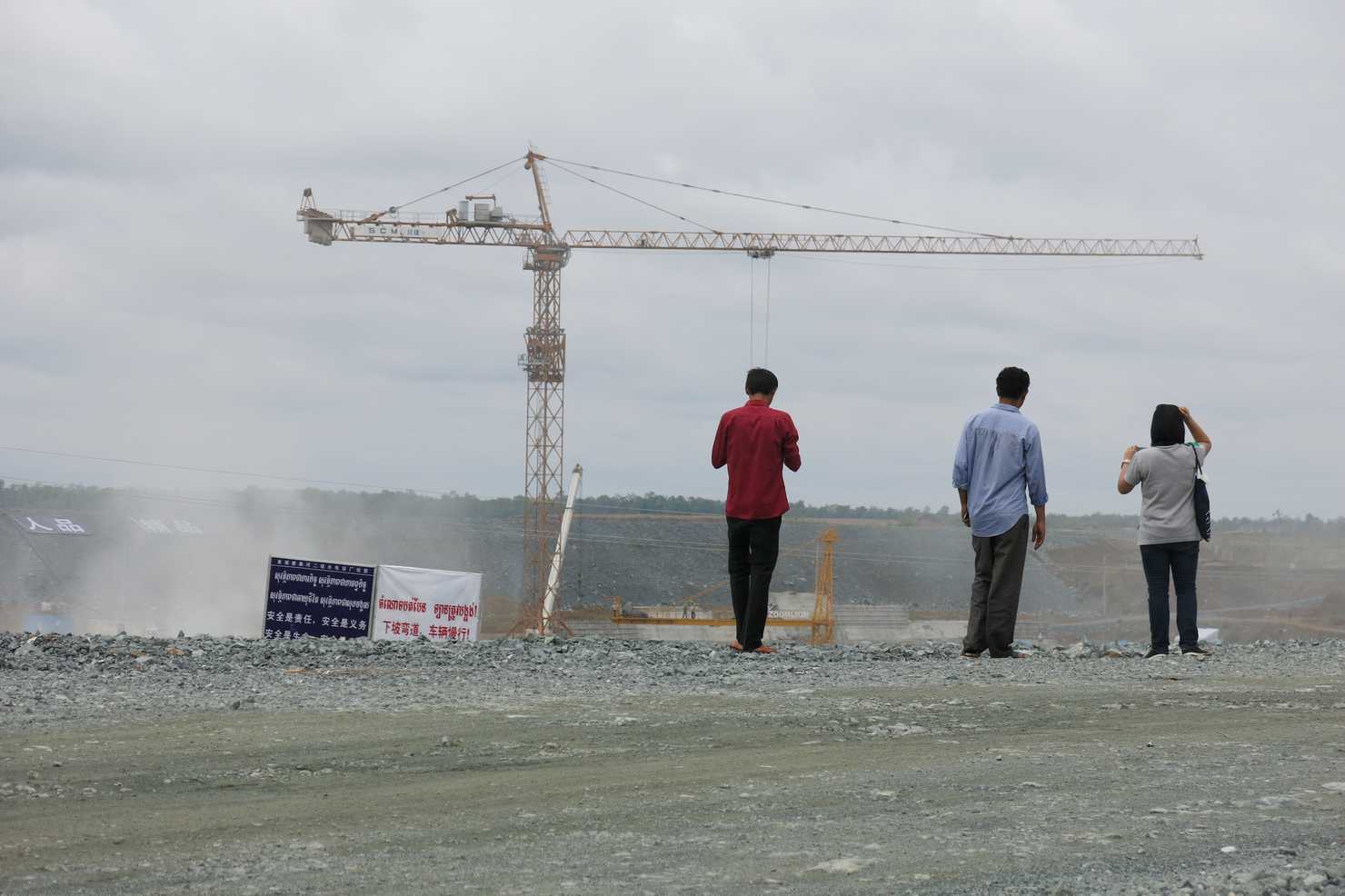The Mekong River rises from Tibet highland, running through thousands of kilometers in six countries, including China, Myanmar, Laos, Thailand, Cambodia and Vietnam.
Mekong means Mother in the Thai and Laos old language. As a result, it is not accidentally the name of the river has a blessed meaning. The river also plays an economic hub to feed for more than 60 million people and thousands of kinds of aqua products.






